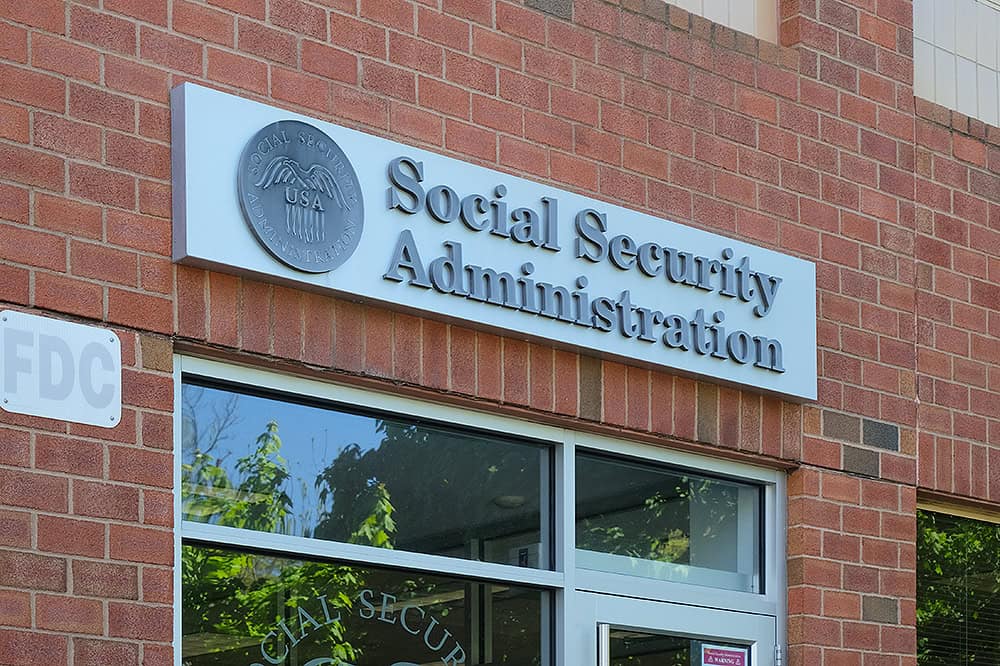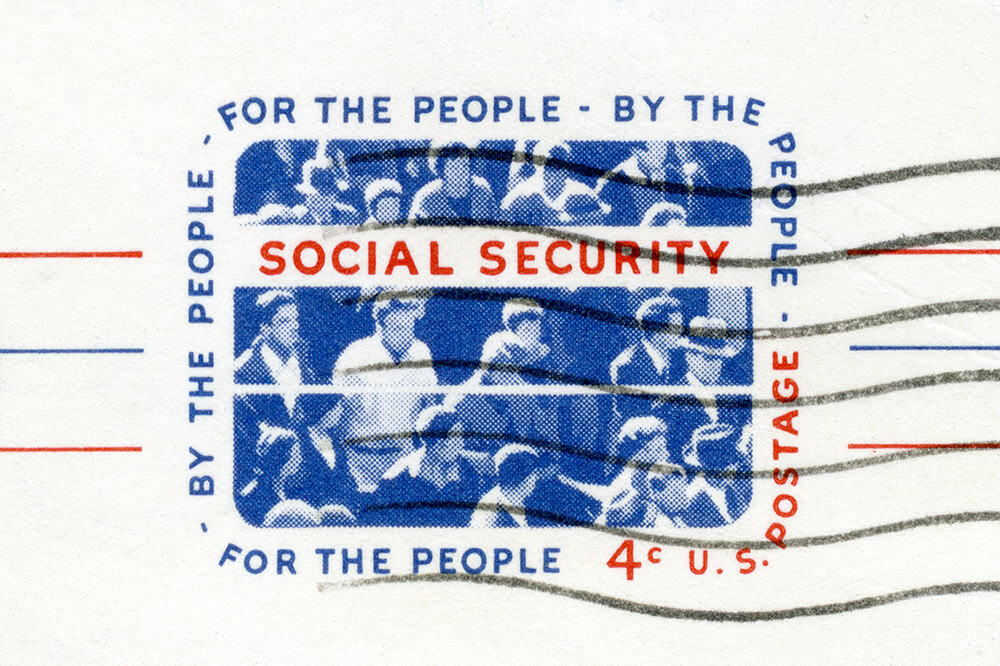What Is SNAP? An Overview of the Largest Federal Anti-Hunger Program
Last Updated September 11, 2024
The Supplemental Nutrition Assistance Program (SNAP) is the largest federal program aimed at combating hunger and food insecurity among low-income Americans. Sometimes referred to as food stamps, SNAP benefits are transferred to needy families through debit cards, which can be used to purchase food items in retail stores.
SNAP has demonstrated significant anti-poverty effects while comprising a fraction of federal spending. In fiscal year 2023, SNAP:
- Assisted approximately 42 million low-income beneficiaries per month
- Totaled $113 billion, or 1.84 percent of the federal budget
- Averaged $211.53 per month (or $52.88 per week) per household in benefits
Below is a look at how SNAP works, who benefits from it, and its place in the federal budget.
In general, there are two paths for SNAP eligibility. Many participants are eligible for SNAP benefits because they receive assistance from other federal programs, such as Supplemental Security Income or Temporary Assistance for Needy Families. Households who do not receive assistance from those programs may still qualify for SNAP, but must meet certain income and asset tests. Apart from income eligibility standards, those age 16–59 generally must also register to work and accept suitable job offers to receive SNAP benefits. Of that group, able-bodied adults age 18–49 without dependents are limited to three months of benefits out of every three years unless they meet additional work requirements or are exempted by their state.
When calculating benefit amounts for SNAP, the U.S. Department of Agriculture (USDA) relies on its Thrifty Food Plan, a set of dietary guidelines designed to meet nutritional needs at a low cost. Based on those guidelines, the USDA sets maximum benefits for different household sizes, shown in the table below. Not including SNAP benefits received, families are expected to spend 30 percent of their net income on food.
Therefore, when determining benefits for individual households, the USDA calculates 30 percent of a household’s net income and subtracts that amount from the maximum benefit amount to which that household is entitled. For example, if the maximum monthly benefit for a household with two people were $353 and the household’s net income totaled $500 per month, they would be expected to spend 30 percent of that, or $150, on food. Therefore, the monthly benefit would be $353-$150 = $203. In 2021, of all households receiving SNAP benefits in a given month, 37 percent received the maximum amount.
While policymakers enacted temporary benefit increases in response to heightened economic hardship during the COVID-19 pandemic, those provisions have since expired. However, the USDA reevaluated the Thrifty Food Plan in 2021, as required under the 2018 Farm Bill, which led to a 21 percent permanent increase in SNAP benefits compared to pre-pandemic levels. That was the largest increase in benefits in the program’s history and was separate from the COVID-related enhancements to the program. For fiscal year 2024, the maximum allotment for a family of four is $973 per month. SNAP benefits are adjusted annually for inflation each October.
Individuals and households must submit an application and undergo an interview to receive SNAP benefits. Once deemed eligible, they receive an Electronic Benefit Transfer (EBT) card that is automatically filled with the designated benefit amount every month. EBT cards work like debit cards and can be used at any authorized food store. Households cannot use their benefits to purchase items like cigarettes and alcohol, or for hot foods.
Some people are ineligible for SNAP for reasons other than failing to meet financial and work requirements. Those include individuals who are on strike, unauthorized immigrants, and some lawful non-citizens.
Who Benefits from SNAP?
In fiscal year 2022, the latest year for which data are available, 75 percent of SNAP households lived in poverty, and 36 percent of households lived in “deep” poverty, defined as those with incomes below 50 percent of the poverty threshold (or $13,250 for a family of four).
SNAP is a wide-reaching program that provides support to many individuals and households across geographical boundaries. Nearly 13 percent of all Americans participate in SNAP, and the rate of participation varies widely by state.
A majority of households receiving SNAP benefits include a child, an elderly person, or an individual with a disability; according to the USDA, 40 percent of such households in fiscal year 2022 included children, and 27 percent contained someone who was elderly or disabled. However, many eligible people from those vulnerable groups do not receive any benefits. According to the latest report by the USDA, only 47 percent of eligible adults 60 and older were enrolled in the program in fiscal year 2020 prior to the pandemic, in contrast to 78 percent of all eligible individuals. Many of them were unaware that they were eligible, believed that their benefits would have been insignificant, or were unable to go to a grocery store to use the benefits.
SNAP’s participants are racially diverse but not reflective of the population of people in poverty. While white Americans have one of the lowest poverty rates among all races, they comprise almost two-fifths of both SNAP participants and benefits received.
How Much Does SNAP Cost?
SNAP comprises a very small portion of the federal budget and it is not a key driver of our federal debt. In fiscal year 2023, spending for SNAP made up 1.84 percent of total federal spending. However, SNAP is a counter-cyclical income-security program, meaning that participation automatically — and by design — expands during economic downturns and shrinks in response to reduced need.
While SNAP is not a large part of the federal budget, it is the largest nutrition assistance program in the United States by far; the program alone constituted almost half of USDA’s budget and about 73 percent of all federal food assistance spending in fiscal year 2023. Whereas other nutrition assistance programs target specific populations like schoolchildren and new mothers, SNAP is generally available to households in
Proposed Changes to SNAP
In addition to helping individuals secure access to food, SNAP supports other goals such as promoting healthier diets, providing nutrition education to low-income families, and encouraging self-sufficiency through work requirements. Discussions about reforming the program therefore generally revolve around how to best achieve those goals. In particular, common themes include:
- Health of the SNAP recipients: Policymakers have previously attempted to influence the dietary intake of SNAP recipients by discounting prices for fruits and vegetables, as well as restricting the use of SNAP money on “junk” foods like candies and soda.
- Work requirements: One challenge faced by the program is keeping the balance between providing aid to those in need while preventing unnecessary dependence on public assistance. While a general work requirement is in place, many policymakers call for stricter tests for exceptions and waivers. On the other side of the spectrum, some have proposed reforms that would extend eligibility to certain groups of people, such as broadening the definition of work to include college students.
- State vs. Federal: The federal government sets the income eligibility requirements and benefits levels for SNAP and also pays for the benefits. Meanwhile, the states are responsible for administering the program and for partially covering administrative expenses. Debate continues over which level of government should control the program. While supporters of uniform, nationwide policies argue that all SNAP participants should be subject to the same rules as set by the federal government, others believe state-level policies can better cater to the needs of specific geographic areas.
Conclusion
Ultimately, SNAP is a program with a small budgetary impact that benefits Americans who live near or in poverty. In the past, it has proven to be a critical part of the safety net and enhanced spending on the program boosted economic growth. Nevertheless, several studies point out that the pandemic presented unique challenges that inhibited the program’s effectiveness. SNAP is not a significant cause of our nation’s overall fiscal imbalance, which is driven by structural factors stemming from an aging population and rising healthcare costs.
Image credit: USDA's Food and Nutrition Service (FNS), Supplemental Nutrition Assistance Program
Further Reading
Lawmakers are Running Out of Time to Fix Social Security
Without reform, the combined Social Security trust funds will be depleted in 2035.
Quiz: How Much Do You Know About Social Security?
Social Security is the cornerstone of financial security for millions of Americans and a major part of the federal budget. Take our quiz to see how much you know.
Three Key Things to Know about CHIP
The Children’s Health Insurance Program is a key piece of the social safety net. Let’s take a look at what CHIP is, how it is financed, and who benefits from it.


